
LIVING WITH ART
How Mori Art Museum Has Worked with Six Different Artists to Create Public Art at Toranomon Hills Residential Tower
In January 2022, Toranomon Hills Residential Tower was finally completed. In addition to the lush greenery and interior design that pursues an intrinsic sense of richness, the residence will also feature high-level artworks in the communal areas. We spoke to Kataoka Mami, Director of the Mori Art Museum, who oversees the curation of the art works, and Takahashi Mina of the museum's Exhibition and Production Group, who is responsible for public art.
PHOTO BY HIROAKI SUGITA (PORTRAIT)
INTERVIEW & TEXT BY MARI MATSUBARA
Translation by Yoshiko Kogi
—— Toranomon Hills Mori Tower was completed in 2014, followed by the Business Tower in January 2020 and now the Residential Tower in January 2022. This is the third tower in the “Toranomon Hills Area Project”, which also includes Toranomon Hills Station Tower, scheduled for completion in 2023. Mori Building has always been keen to incorporate “public art” into its projects, with ARK Hills, Roppongi Hills and Toranomon Hills all having public art features. I understand that Toranomon Hills Residential Tower will also feature a number of artworks. How is the project progressing?

KATAOKA MAMI/ Director, Mori Art Museum She is also the President of CIMAM [International Committee for Museums and Collections of Modern Art], Artistic Director for the Aichi Triennale 2022, Artistic Director for the 21st Biennale of Sydney (2018). She has worked on various exhibitions/projects, written and lectured extensively on contemporary art in Japan and Asia.
K: The curators of Mori Art Museum and I proposed a plan, and after discussions with Mori Building, we selected six globally-prominent artists to create new works as commissioned works. The project itself began around 2018, with a series of exchanges with the artists, and although there was an unexpected incident with the COVID-19 pandemic along the way, we managed to work our way through it and now all the works are ready to be shipped to Japan or installed on site.
—— Is there a difference between selecting art for the common areas of a residential building and curating for an exhibition?
K: Yes, it’s absolutely different. Contemporary art is wide-ranging and often reflects the social and political context in which each artist is situated. Such concepts are key and important in curating a regular exhibition, but they are not necessarily appropriate for art in a residence. In the hallways, entrances and walls that residents pass every day, it is important to have works that are not too provocative or too individualistic.
There are also the physical constraints of the space. Together with the interior designer, we decided where to put the works and how big they should be. It does also take skills to create works that are suitable for the volume and nature of the space. In addition, the works are usually placed without the protection of a glass case, and the porch is exposed to the outside air, so their physical durability is also an issue. We also had to consider whether the appeal of the work itself was in keeping with the concept of the development, which naturally led us to narrow down the list of possible artists.
—— Could you introduce us to the six artists and show us the works that will be installed in the Residential Tower?
❶ Sopheap Pich
Born in 1971, Cambodia. He migrated to the United States in 1984 where he studied medicine and art. Since he returned to his home country in 2002, he continues to live and work in Cambodia. With awe and appreciation for handcraft and nature of Cambodia, Pich uses materials such as bamboo, rattan and beeswax to produce organic and geometrical sculptures, drawing inspiration from plants, aspects of the human anatomy, and urban structures. Pich’s work has been featured in numerous international museum exhibitions and biennials such as his solo exhibition at The Metropolitan Museum of Art in 2013 and Documenta 13.
K: Sopheap Pich is a Cambodian artist who creates abstract shapes out of rattan, bamboo and other local plants. The shapes are sometimes reminiscent of flowers, shells or organs. One piece will be placed behind the front desk and three pieces will be placed in the hallway leading to the elevator hall. They are made of woven natural materials, so you can see through them, so they are not intimidating even though they are over 3 meters long. I thought it would be more appropriate in this location to have a lightness of vision rather than a large sculpture in the hallway.

TAKAHASHI MINA/ Mori Art Museum Exhibition and Production Group Coordinator She has been involved with the Mori Art Museum since the opening of its preparatory office, and has been in charge of public art at Mori Building since 2013.
T: With a view of the park through the glass in the background, the position of the work makes this organic work harmonious with the landscape outside.
❷ Bernard Frize
Born 1949 in Saint-Mandé, France. The artist lives and works between Paris, and Berlin. Frize’s work is present in a number of prestigious public and private collections such as NMAO National Museum of Art Osaka, Tate Modern and Tate Britain (London), Museum Of Contemporary Art, Los Angeles, MNAM Centre Centre Pompidou Musée d’art moderne de la ville de Paris, Museo Nacional Centro de Reina Sofia (Madrid) to name a few.

Bernard Frize Menge 2020 Acrylic paint on canvas 396.5 x 305 cm Photo: Roman März Photo Courtesy: the artist and Perrotin
K: Bernard Frize is one of the most important contemporary French painters, whose retrospective exhibition was held at the Centre Georges Pompidou in Paris in 2019.
The artist is characterized by his abstract paintings, which he paints in large strokes using broad-brush strokes. We were looking for a work to hang on the large wall at the end of the hallway, so I asked Bernard. He is able to work in large sizes, and for here, he joined four canvases together to create a large painting, approximately 4 meters long and 3 meters wide. Because of the large area, we wanted something abstract with bright colors, rather than figurative with limited imagery, and the result was perfect for the location.
❸ Mika Tajima
Born 1975 in Los Angeles and currently lives and works in New York. Tajima has received critical acclaim worldwide for her unique approach using various media to express how society relates to individuals. Selected recent exhibitions include Okayama Art Summit 2019, Programmed, Whitney Museum of American Art, 2018; All Watched Over by Machines of Loving Grace, Palais de Tokyo, 2017; Roppongi Crossing 2013, Mori Art Museum, 2013, and more.
K: Mika Tajima is an artist well known for her series using unique techinique of expressing sound through Jacquard weaving. For this project, I was thinking about how we could project the history and memories of Toranomon, the town that is being developed, into art and I remembered her. Tajima came to Japan before the COVID-19 pandemic and recorded various sounds from different parts of Toranomon and made a work of art out of it.
T: She recorded the sound of concrete being poured at the construction site of the Residential Tower, the sound of workers doing radio gymnastics at their morning assembly, and the sound of hands being clapped during Shinto purification ceremony at the Atago Shrine nearby. Once the waves of the collected sounds were visualized, certain parts were selected and colored patterns were made into textiles. The wave motion data is said to be a short sound of 0.few seconds.
K: The colors are inspired by Tajma’s own memories of visiting the area around Toranomon Hills Residential Tower, and the five works will be displayed in the hallway on the second floor.
❹ Shingo Francis
Born 1969 in Santa Monica, California. Currently lives and works in Los Angeles and Yokohama. Francis explores the vast space and spirituality of painting through abstract expressions. His blue abstract paintings with multiple layers of blue, and deep monochrome color works, as well as the “Interference” series, which changes color depending on the reflection of light, are most well-known works.

Shingo Francis Infinite Space (violet-turquoise) 2015 Courtesy: MISA SHIN GALLERY
K: Shingo Francis is known for his abstract paintings with beautiful color surface composition, some of which are left unpainted or have some kind of gesture. The painting commissioned for this project will be placed in the library and the dining area. I chose Francis’ work because I thought it would be more appropriate to have only a mass of colors rather than a figurative painting with a specific image, since the space is lined with the spines of various books on the wall shelves.
T: He made two rather large oil paintings, 3 meters long by 2 meters wide.
❺ Ishizuka Genta
Born in Kyoto, Japan. Lives in Kyoto City. Completed MFA in urushi Lacquering from Kyoto City University of Arts in 2008. Focusing on the texture and tactility of urushi lacquer, produces artworks that deal with “what is in between and around the membrane”. Through consideration of the relationship between the surface of the work and its form, tries to discover meaning and spirituality in the act of lacquering. Selected recent exhibitions are 4th Triennale of KOGEI in Kanazawa – Kogei as Contemporary Craft: Transcending Boundaries, 21st Century Museum of Contemporary Art, Kanazawa, 2019; LOEWE FOUNDATION Craft Prize 2019, Sogetsu Kaikan, Tokyo, 2019; Open Theatre 2017, KAAT Kanagawa Arts Theatre, Yokohama, 2017; Reflection, Museum of Modern Ceramic Art, Gifu, 2016. In 2019, received the LOEWE FOUNDATION Craft Prize 2019, and The Best Young Artist Award by City of Kyoto.
K: Ishizuka Genta is an artist who is rapidly gaining popularity for his work with urushi lacquer. Two three-dimensional works will be installed in the Sky Suite Entrance. urushi lacquer is a symbolic material of Japanese art and the main material of traditional crafts, so I thought its preciousness and gravity would be suitable for a premium place. The lustrous shine of the lacquer is beautiful and it has a profundity that seems to draw you in when you stare at it.
T: One of the pieces, made of dry lacquer, will be installed on the wall and the other, finished in gold leaf, will be placed on the reception counter.
K: The strange shape of the work, which looks like a sack full of spheres, seems to be filled with living creatures. He is an outstanding contemporary artist who has given a dynamic impression and a sense of life to lacquer, which has traditionally been regarded as a static material.
❻ Sam Falls
Born 1984, San Diego. Currently lives and works in New York City. He studied at the International Center of Photography. Sam Falls works intimately with the core precepts of photography – namely time, representation, and exposure – to create works that both bridge the gap between various artistic mediums and the divide between the artist, object, and viewer. Working symbiotically with nature and the elements, Falls’s artworks are engrained with a sense of place indexical to the unique environment of their creation while imbued with a universal sense of mortality. With a reverence toward art history, Falls empathetically blurs the lines between artistic genres and practices, from modern dance and minimalist painting to conceptual photography and land art, boiling it down to the fundamentals of nature and the transience of life that art best addresses.

Work in progress. Plants and dyes are placed on the canvas on the ground and left for a night.

The original canvas work for the tile work to be installed on the porch wall.
K: Sam Falls created the ceramic-tiled wall for the car porch. He is a painter who often places plants such as flowers and branches together with dyes on a fresh canvas placed on the ground and leave it overnight. He then removes the plants and uses a unique technique to fix the natural forms onto the canvas, either as a stencil or as an early photograph. The original plan was for Sam to come to Japan and collect plants in the Shigaraki mountains, which would then be pressed directly into the clay and fired. However, the COVID-19 pandemic struck just before he was about to come to Japan we had to find an alternative plan in Japan and he had to change this plan. It was decided instead to send Sam’s work on canvas to Japan to be photographed and then printed on ceramic.
T: For the production of the ceramic, we asked for the cooperation of Ohtsuka Ohmi Ceramics Co., Ltd. in Shigaraki, which has an established reputation for its techniques. Sam sent us two canvases measuring approximately 2.5 meters long by 10 meters wide. We photographed them, converted into data and transferred onto ceramic tiles. Realistic leaves and branches are printed in their original size. If you look closely, you can see the marks where he stepped on the canvas with his shoes, or the footprints of his dog, it’s interesting to imagine the process of creation.
K: I think it is wonderful that in Sam’s method, the painting is not created by human power, but by natural conditions such as wind, light and rain. How can people who live in the middle of the city feel the seasons and the taste of nature? I thought that in a life where we are surrounded by hard things like glass, metal and concrete, there is a need for artworks like this, where we can feel the warmth of the hands and the scenes of nature. This is also true of the work of other artists. Sam’s work, which comes to the entrance of the tower, has a particularly sophisticated and calming color palette, which I felt was appropriate for the atmosphere of Toranomon Hills. The COVID-19 pandemic forced us to change our production methods, but in the end we think it was a good move.

—— What is special about the public art in Toranomon Hills Residential Tower?
K: All six of the artists selected for the exhibition are highly regarded in the international contemporary art world. I am delighted that we have been able to bring such museum quality to bring such museum collection-level pieces to the residential building. We have been helped by the relationships that the Mori Art Museum has built with many of the artists through the many exhibitions it has presented. Everything we do is commissioned work, so the only way to support the long process of working together towards the same goal of creating a work of art to be placed in an unknown building is through mutual trust.
So we would be very happy if the residents could feel proud that they live in a place with such beautiful art. To achieve this, we would like to give residents the opportunity to meet the artists and explain their work to them. We hope that by learning about the intentions of the artists and the process of making their work, people will gain a deeper understanding of the artworks and appreciate the closeness of living with art.
TORANOMON HILLS RESIDENTIAL TOWER

Address 1-1-1 Atago, Minato-ku, Tokyo Access 2 min. walk from Toranomon Hills Station (Tokyo Metro Hibiya Line)/ 6 min. walk from Kamiyacho Station (Tokyo Metro Hibiya Line)/ 6 min. walk from Toranomon Station (Tokyo Metro Ginza Line)/ 9min. walk from Onarimon Station (Mita Line)
* For more information including property overview, please visit the website.
* The above CG is based on drawings at the planning stage, and the shape and color of the building may differ from the actual building. Details of the shape and equipment are not shown.
* The view in the CG is a composite of photographs taken in February 2020 from a height equivalent to the 41st floor of the planned site, and differs from the actual view. The view differs from floor to floor and from unit to unit, and cannot be guaranteed in the future due to changes in the surrounding environment.
* The furniture and furnishings in the private areas (CG and photographs) are not included in the sales price.






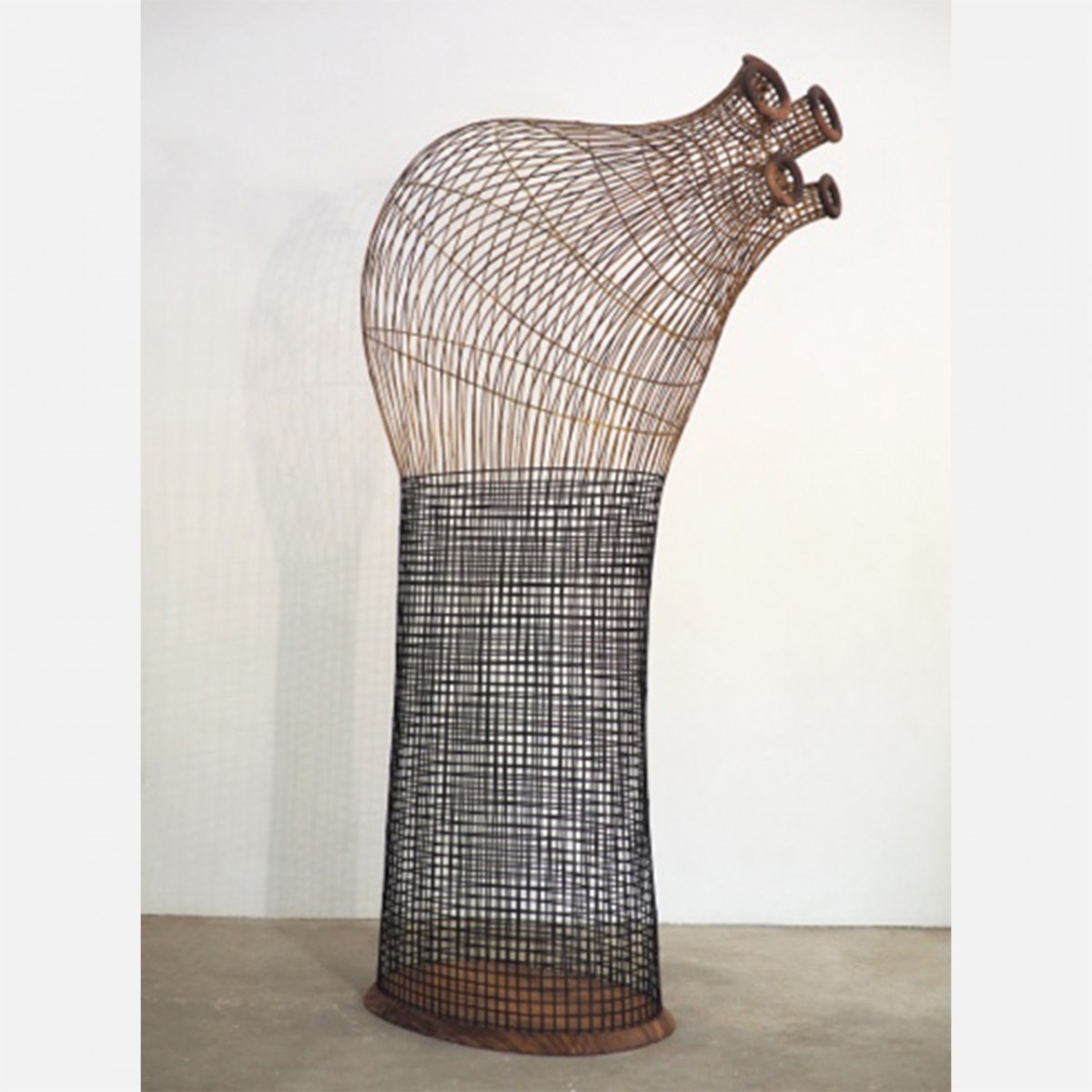
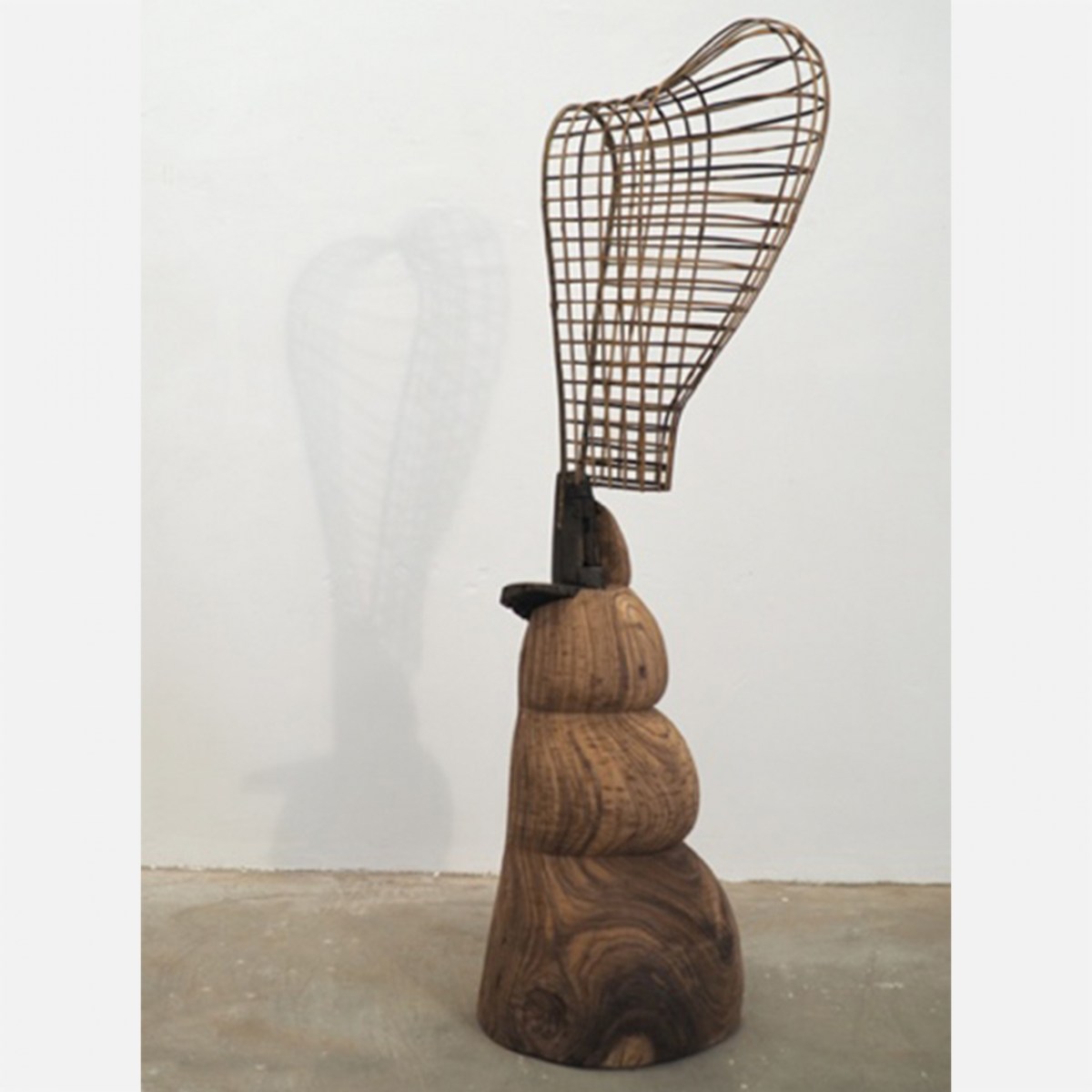
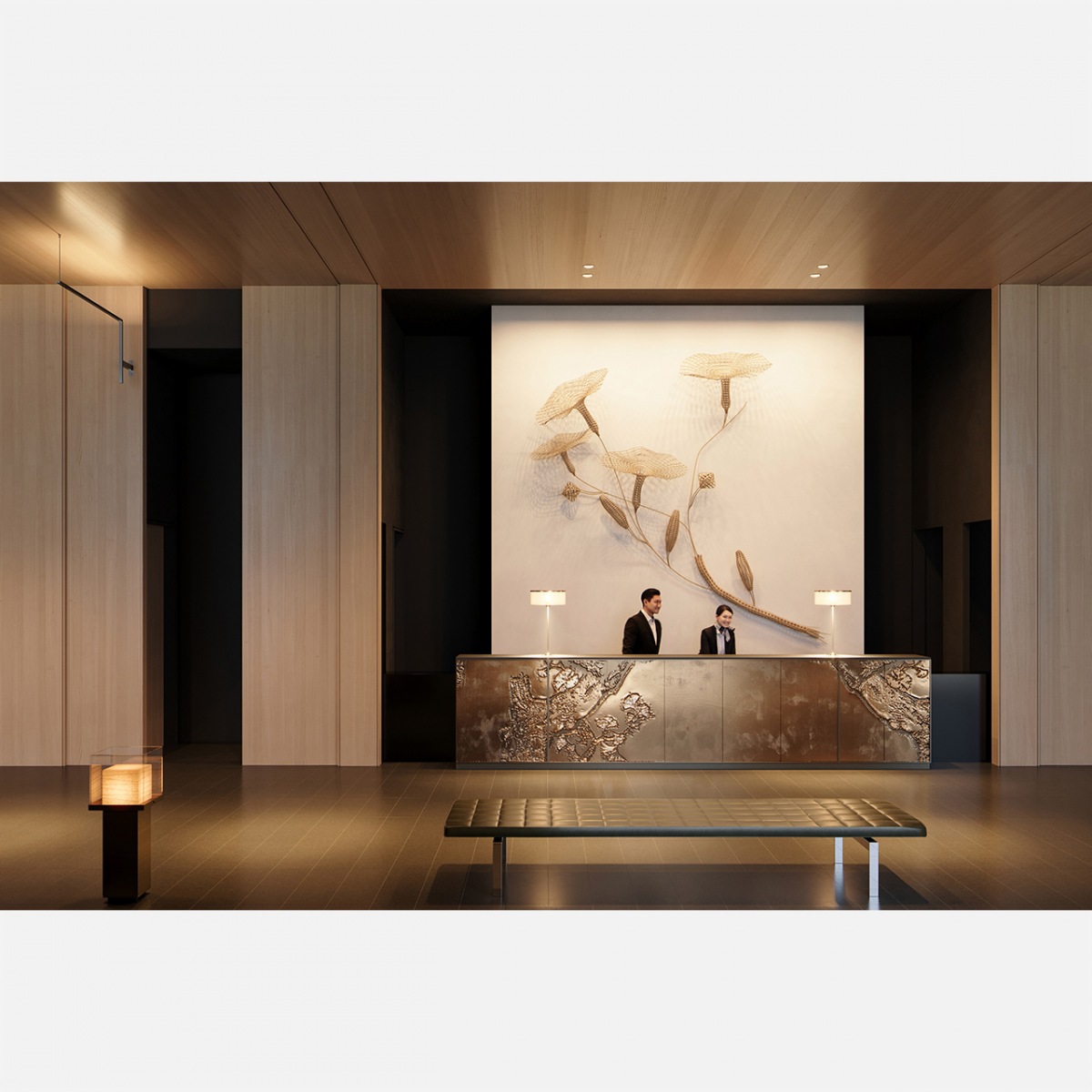
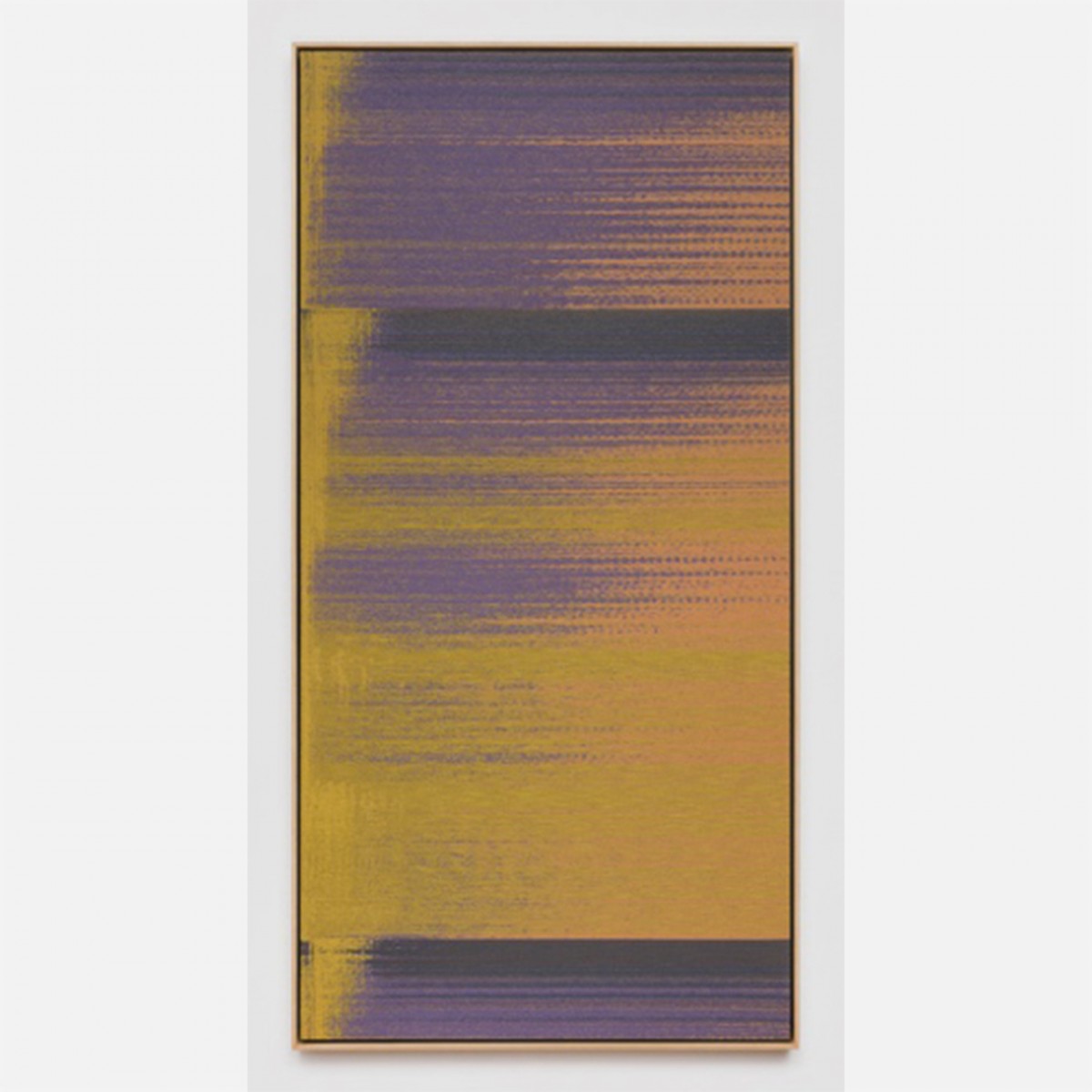

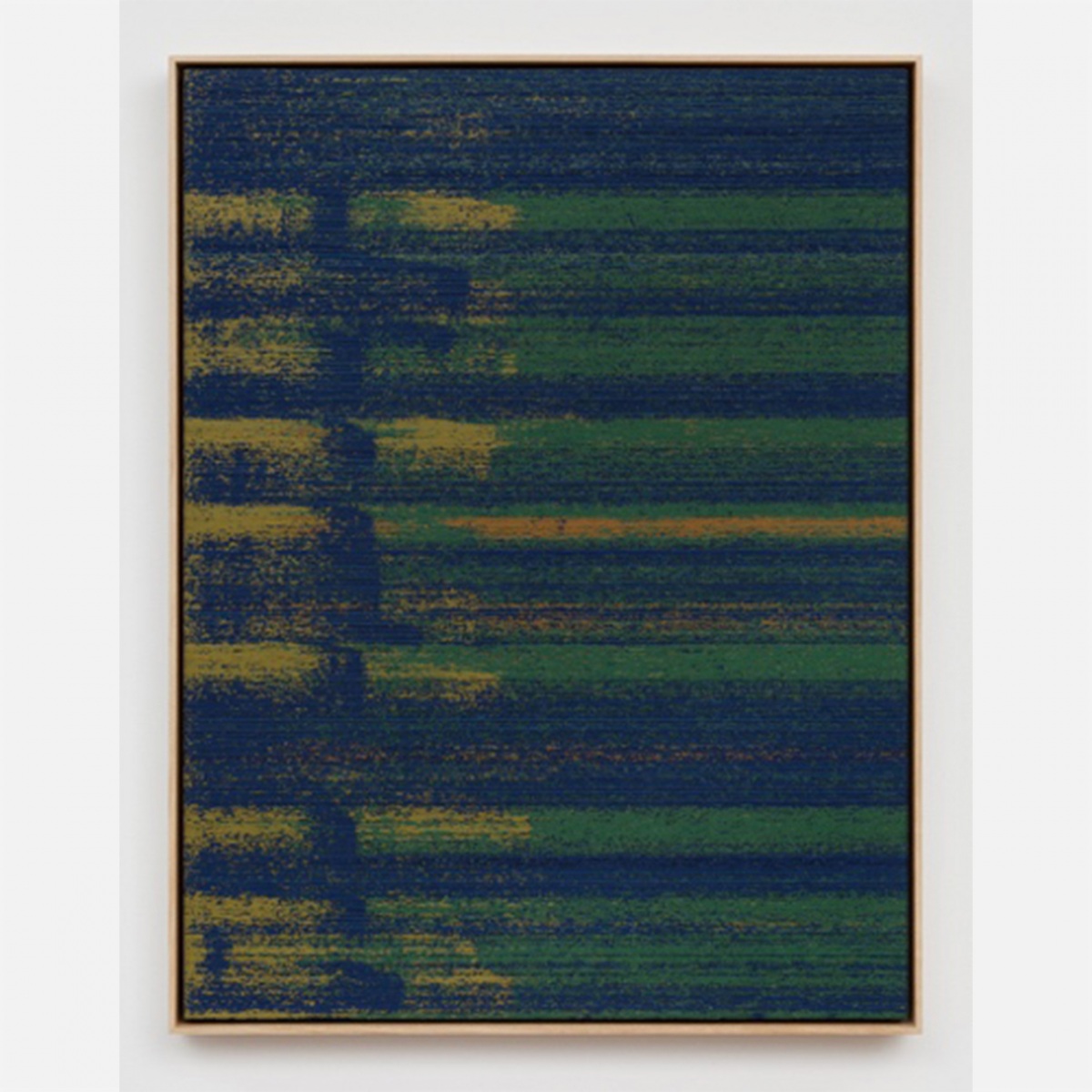

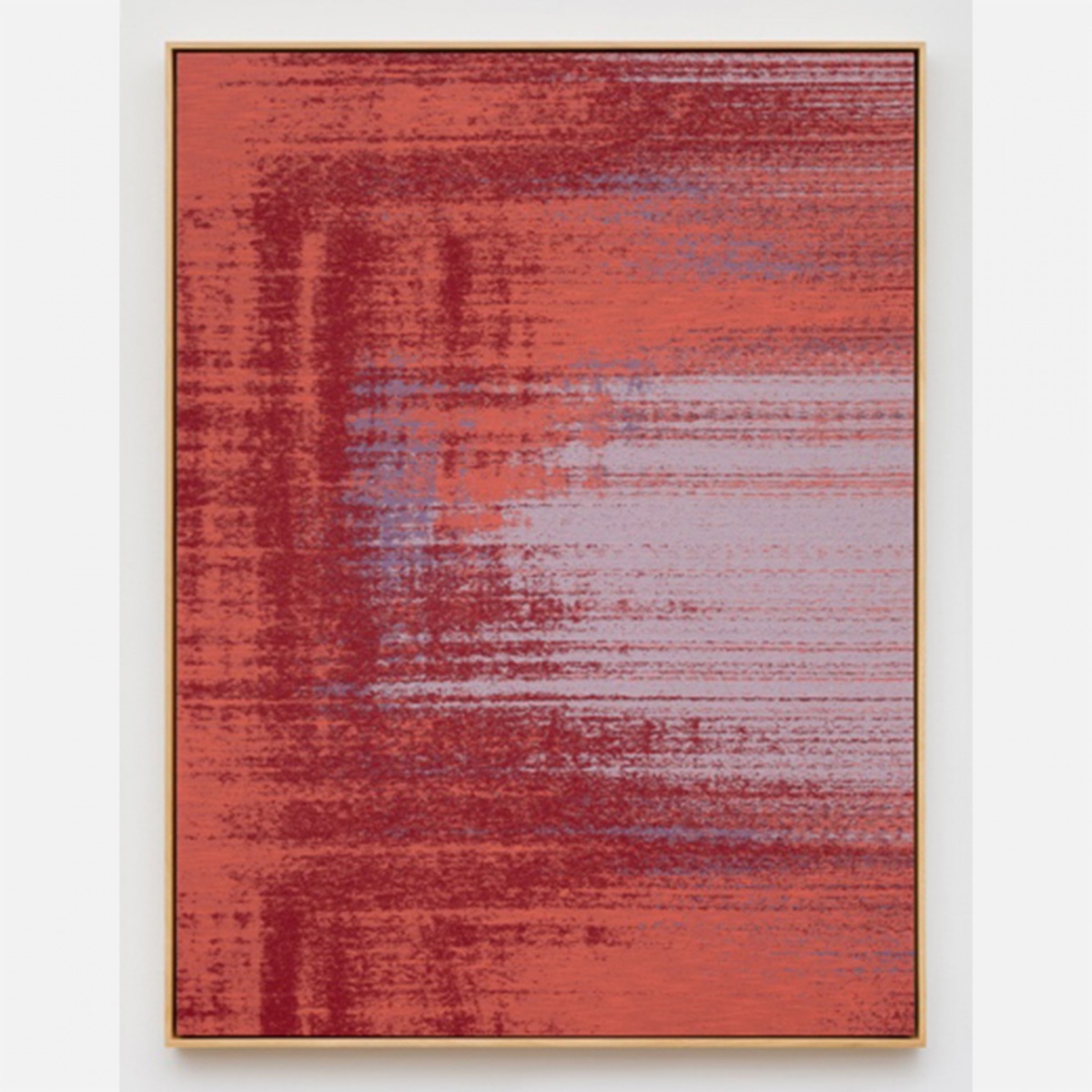
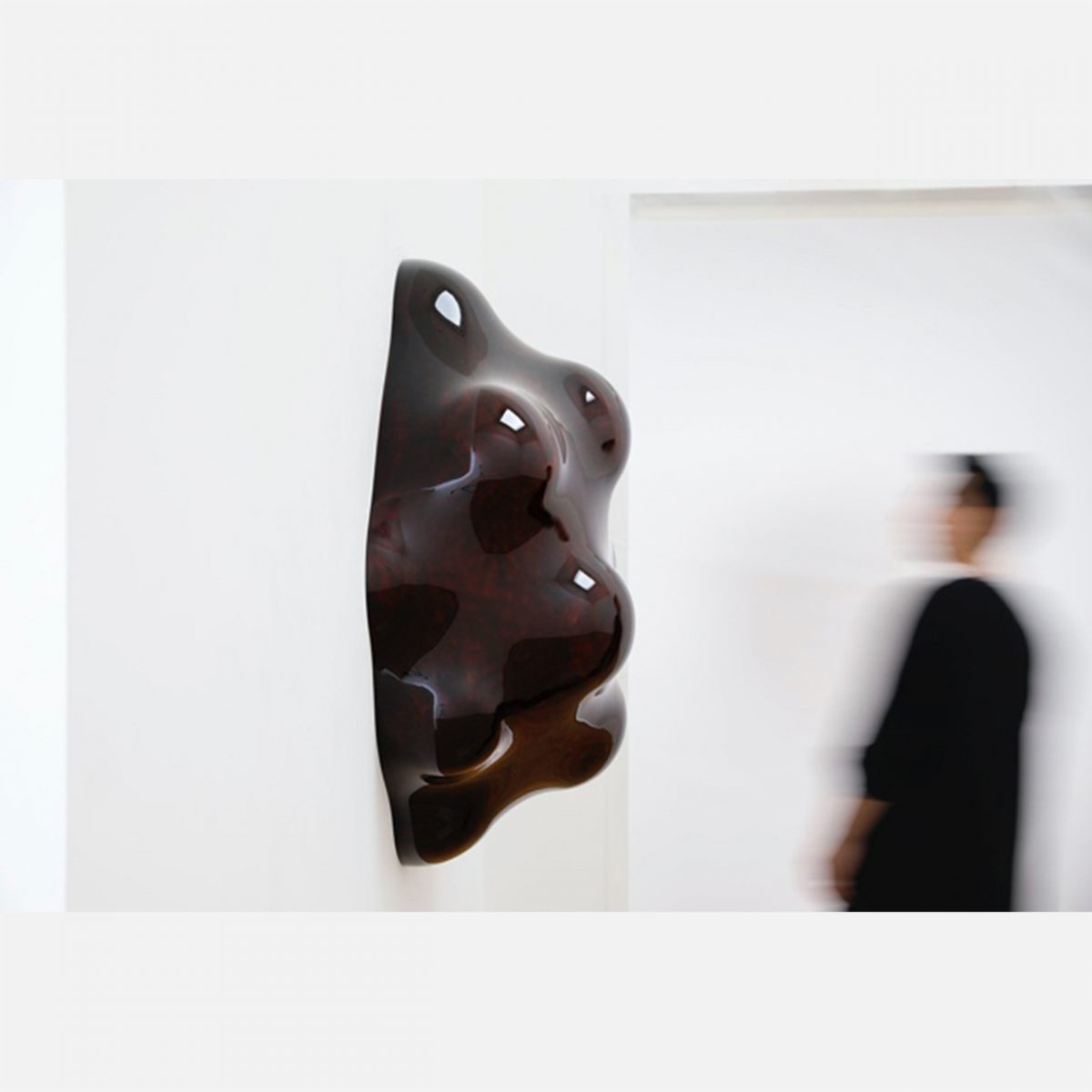
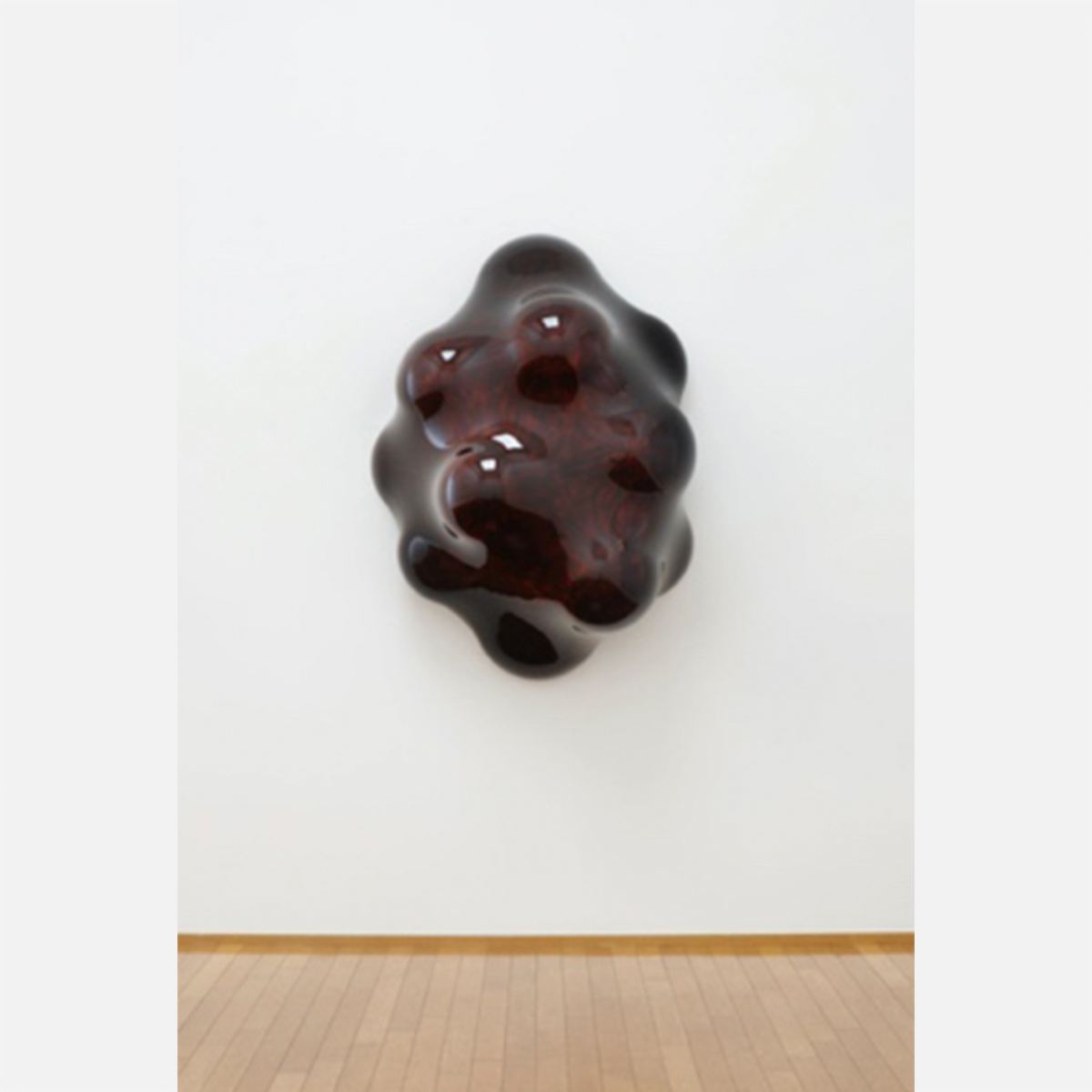
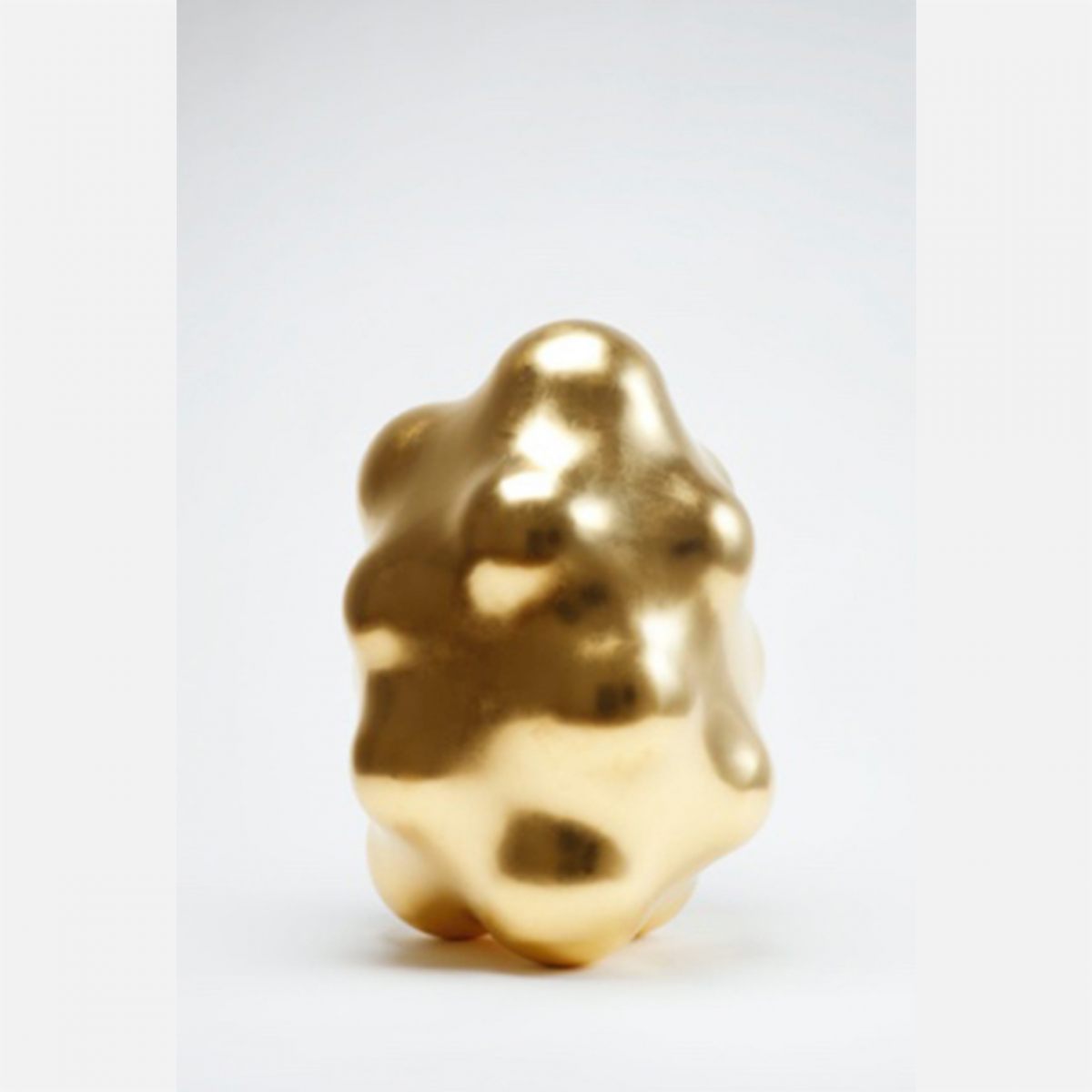











SHARE